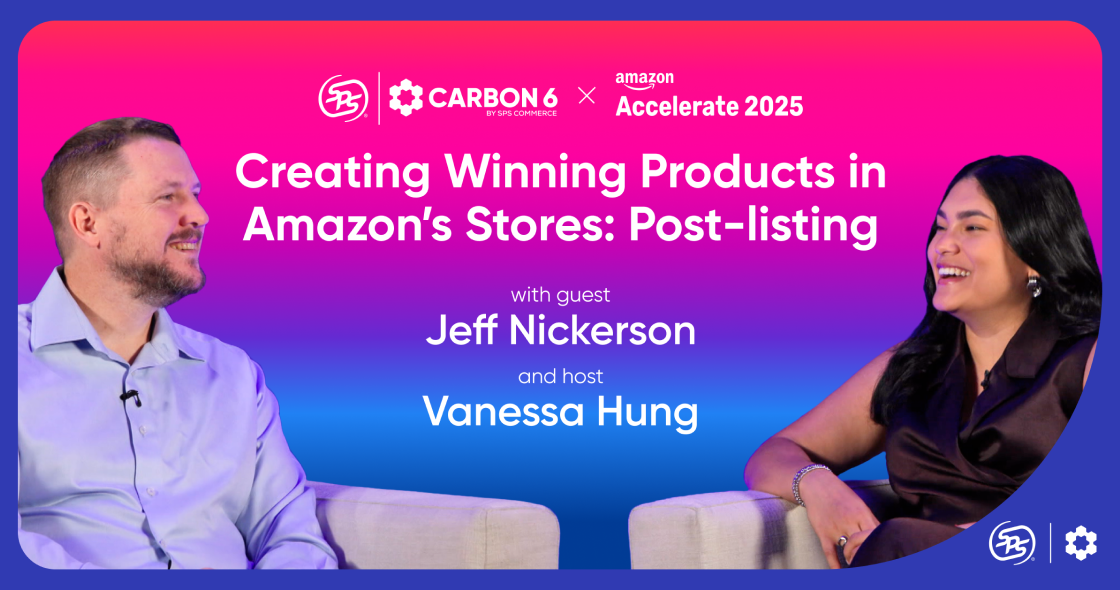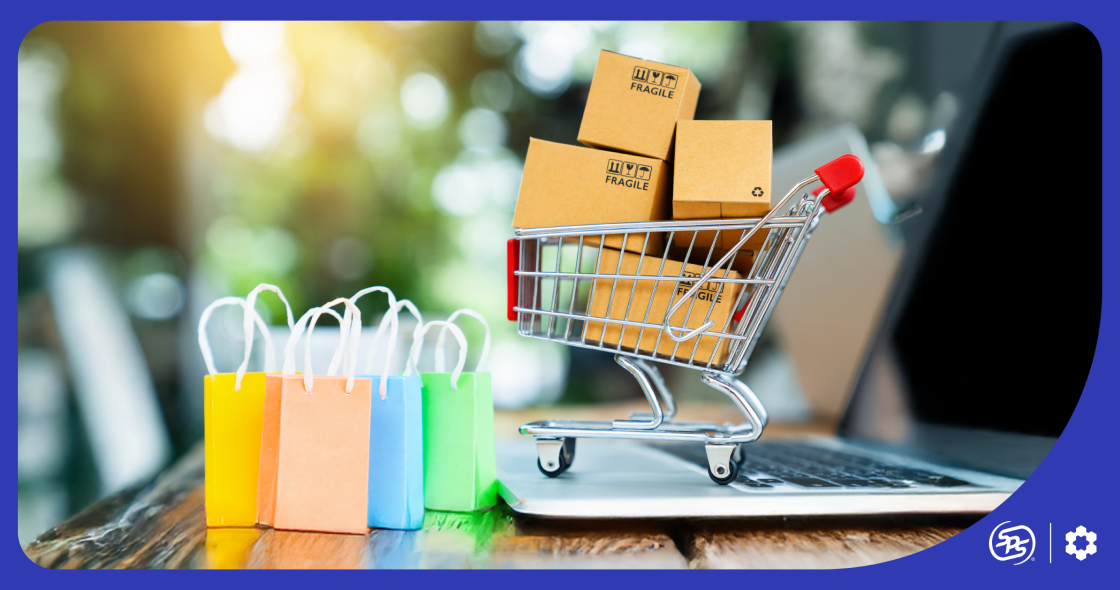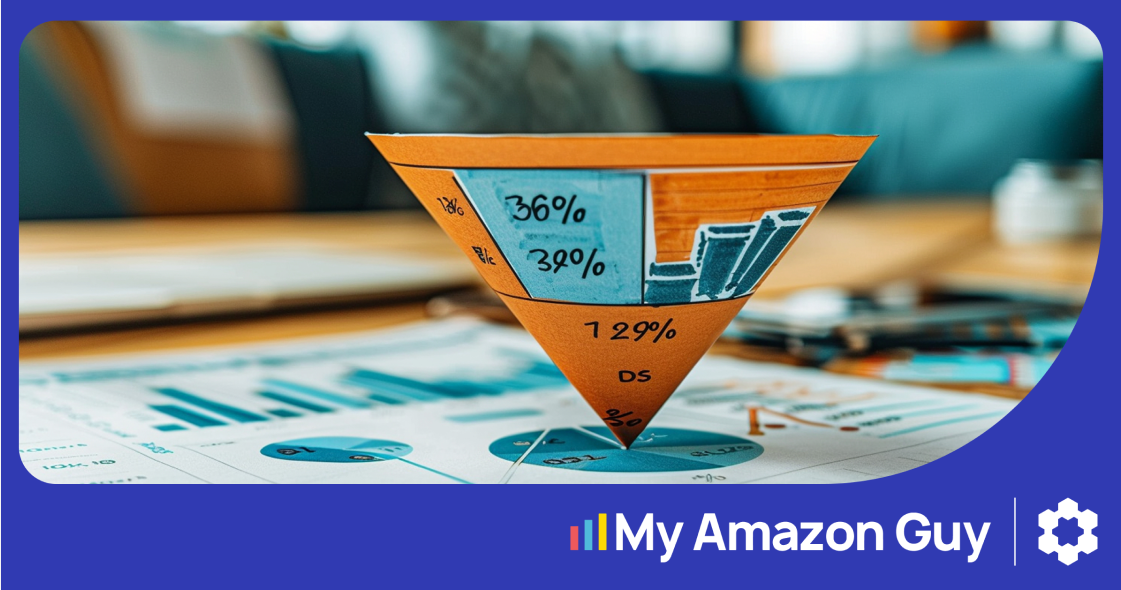Listen to This Article
In ecommerce, a high organic rank on Amazon is critical. It’s where your product appears in search results based on its own merit, not advertising spend. In 2025, a top organic position is essential, since over 60% of clicks go to the first three results and 70% of shoppers never go past the first page.
Amazon’s search algorithm now heavily weighs external traffic as a key ranking factor, shifting optimization strategies from simple keyword relevance to a more holistic approach that includes customer experience and brand authority.
This guide provides actionable strategies to navigate these changes, boost your visibility, and drive more sales.
Key Insights
- The Importance of Organic Ranking: Over 60% of clicks go to the top three organic search results, with 70% of Amazon shoppers not searching beyond the first page of search results.
- Key Amazon Ranking Factor: Driving external traffic to your Amazon listings through external marketing channels is now the key factor in achieving a high organic rank.
- Optimization Strategies: The Amazon search algorithm has shifted the listing optimization game from keyword stuffing to contextual relevance and customer intent.
The Challenges
With intense competition, frequent Amazon ranking algorithm changes, and the complexity of keyword optimization, achieving results can become daunting. Sellers often find themselves facing numerous challenges.
Here we’ll provide you with insight to boost your Amazon organic ranking, highlight common pain points and professional tips and tools you can leverage, and we’ll give you actionable strategies to improve your online visibility and drive more sales.
To help you overcome these hurdles, we’ve created a free Organic Ranking white paper. This guide delivers smart, straightforward strategies for enhancing organic rankings through external traffic, listing optimization, and paid ad campaigns. Download your free Amazon organic ranking guide to get started.
Key Amazon Ranking Factors
It helps to know the factors that organically bring your product to the top of searches. Factors Amazon which Amazon takes into consideration include:
| Ranking Factor | Description |
| Sales Velocity | The speed and volume of your product sales directly impact your ranking. |
| Keyword Relevance | Your product must be highly relevant to the keywords customers are searching for. |
| Listing Optimization | A well-optimized title, bullet points, and description are key to ranking higher. |
| Customer Engagement | High click-through rates (CTR), conversion rates, and positive reviews boost your rank. |
| Content Quality | High-resolution images and detailed, informative descriptions improve your ranking. |
| Competitive Pricing | Your pricing must be competitive with similar products to rank well. |
| Inventory Availability | Consistent stock levels are essential; stockouts will negatively affect your rank. |
| Customer Satisfaction | Positive reviews and evidence of repeat customers are strong ranking signals. |
| External Traffic | Actively driving traffic from sources like Google Ads and social media to your listing, which Amazon’s algorithm rewards. |
When customers search for products on Amazon, the algorithm analyzes these factors to rank products in search results based on their relevance and perceived quality. Products that align closely with the search query, have high sales velocity, and demonstrate strong customer engagement tend to rank higher.
A top strategy for driving this engagement and high-quality traffic is using Google Ads for Amazon, which can improve your organic rank on Amazon while facing lower competition.
Listing Optimization Strategies
Everything comes back to your listing. Once all else is said and done, the quality of your listing determines results.
The following insights will help you elevate your listings for improved visibility and increased sales potential.
Title Optimization
Craft concise yet descriptive titles that include important keywords relevant to your product. Ensure clarity and readability while highlighting key features and benefits. For example, instead of “Wireless Bluetooth Earbuds,” consider “Premium Noise-Canceling Wireless Bluetooth Earbuds for Active Lifestyles.”
Product Description Enhancement
Utilize the product description section to provide detailed information about your product, its features, and benefits. Incorporate relevant keywords naturally throughout the description to improve searchability.
When crafting compelling product descriptions, tailor your messaging to your ideal customer and highlight benefits over features. Avoid generic phrases and use specific language backed by facts, and engage customers’ imagination by incorporating sensory language.
For instance, if you’re selling a portable blender, mention its powerful motor, compact design, and versatility in blending various ingredients.
Keyword Research and Usage
Conduct thorough keyword research to identify terms and phrases that potential customers are likely to use when searching for products like yours. Integrate these keywords strategically into your titles, bullet points, and descriptions to improve search visibility. For example, if you’re selling a yoga mat, include keywords such as “non-slip,” “extra thick,” and “eco-friendly” to attract the right audience.
Note: The Amazon search algorithm has shifted the game from keyword stuffing to contextual relevance and customer intent. Use what you know about customer behavior to highlight key product attributes and answer the sorts of questions customers will be asking with new conversational AI search tools.
Image Optimization
Use seven to ten high-quality images that accurately represent your product and its features. Include multiple images from different angles to provide a comprehensive view. Optimize image filenames and alt text with relevant keywords to enhance Amazon SERP Optimization (SEO).
Amazon’s search can now interpret listing images. Make sure your visuals:
- Clearly show product use cases
- Reinforce key features mentioned in the description
- Are paired with alt-text or captions that echo your core messaging
The Big Picture
While traditional strategies like title and image optimization remain important, driving Amazon external traffic now sits at the top of the list in 2025. Amazon’s algorithm explicitly rewards traffic coming from outside its ecosystem.
To master your off-Amazon strategy, tools like PixelMe by Carbon6 are essential. They help you efficiently drive external traffic from sources like Google Ads and social media, allowing you to watch your organic rank skyrocket as you spend less and drive more sales.
Success on Amazon in 2025 requires evolving your strategy beyond the basics. While listing optimization remains crucial, the most significant gains in visibility, sales, and customer trust now come from mastering external traffic. By integrating off-Amazon strategies, you align with Amazon’s algorithm, build brand authority, and position your business for long-term success.








